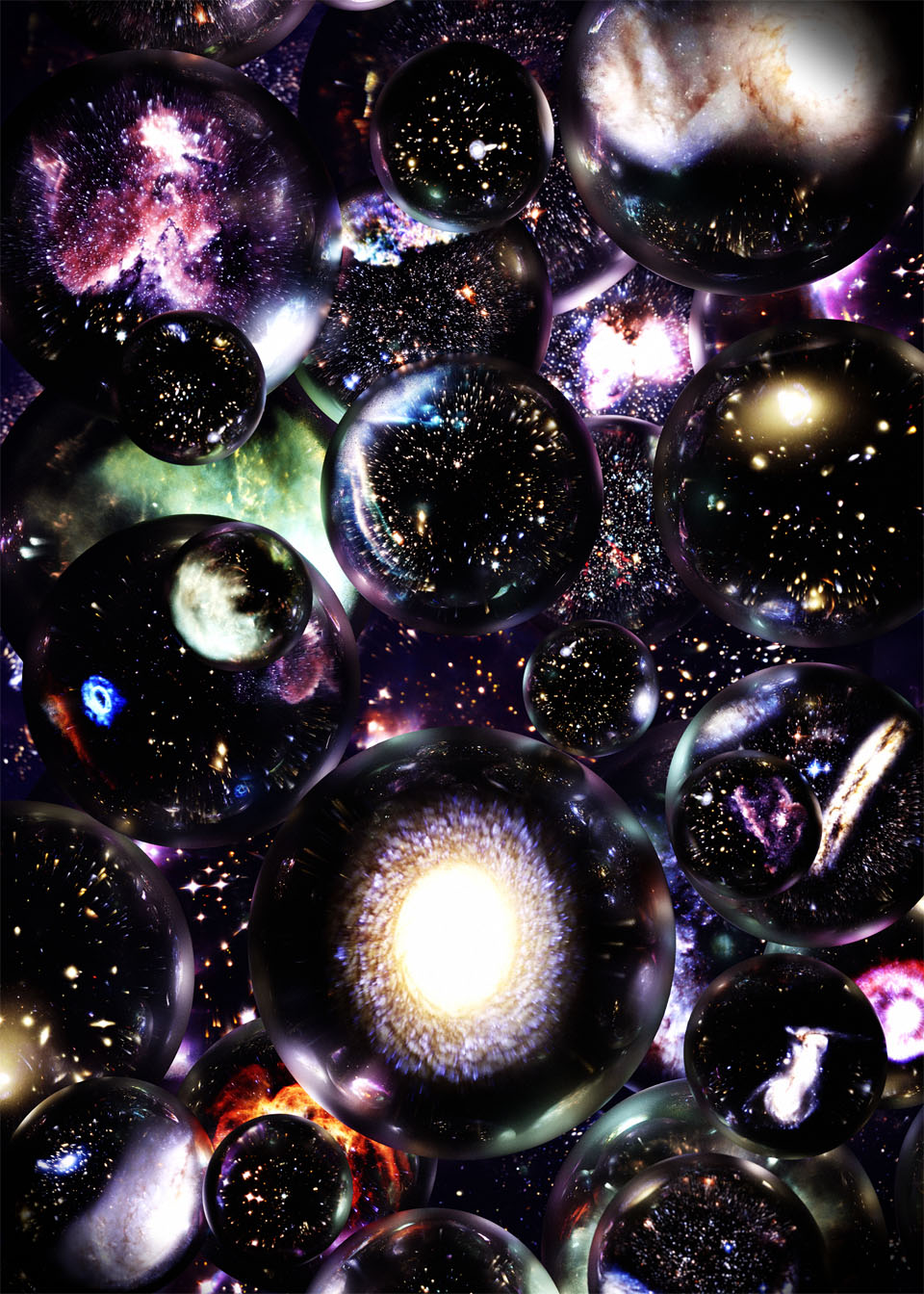It’s A World Machine. Kepler, Art & Cosmic Bodies
16 March – 10 September 2023

Attila Csörgő, Untitled (1 tetrahedron + 1 cube + 1 octahedron = 1 icosahedron), 1999, aus der Serie Platonic Love, Courtesy the artist und Gregor Podnar, Wien, Foto: György Darabos

Merlin Stadler, A finite view of infinity, 2021, Courtesy the artist
Cosmic potatoes and mysterious melons, attractive apparatuses and sensual spheres. The new exhibition at the ERES Foundation reaches for the stars and rotates with contemporary art positions, historical images and documents around a fixed point: the astronomer and mathematician Johannes Kepler (1571-1630).
© ERES Stiftung, Schnitt: Thomas Dashuber, Musik: John von Schaper
(Video: 21.2 MB)
Artists
Attila Csörgő, Björn Dahlem, Olafur Eliasson, Toulu Hassani, Alicja Kwade, Bertrand Lamarche, Monica C. LoCascio, Sigmar Polke, Wendelin Pressl, Merlin Stadler
Astrophysical images from the 16th to the 21st century such as Johannes Kepler’s World Secret, his Dream of the Moon as well as photographs of the James Webb Telescope.
Exhibition
“It’s a World Machine” is an artistic homage to the great Renaissance scholar that penetrates the vastness of the cosmos and gives the individual positions space to interpret scientific findings with imagination and innovation.
Thus Attila Csörgő’s installation can be read as a reinterpretation of Kepler’s groundbreaking, albeit speculative “World Machine” (1596), a construction that attempts to explain the number and size of the planets known at his time and their orbital properties around the sun on the basis of the five Platonic solids. Sigmar Polke provides a humorous commentary on the “machina mundi”. Are his “apparatus” or that of Wendelin Pressl possibly subject to Kepler’s new cosmology? The latter assumes a divine construction plan based on mathematical laws and that the universe is a machine comparable to a clockwork and thus calculable. While Alicja Kwade’s contribution recalls Kepler as the “surveyor of the heavens”, whose calculations of the orbit of Mars revealed that it is not circular but elliptical, Olafur Eliasson’s elegant space studies are interwoven with the “magnetic force” that, according to Kepler, keeps the planets on their orbits around the sun. Bertrand Lamarche’s sculpture, on the other hand, emphasises the fascinating inscrutability of space and draws the viewer into an almost magical pull.
Throughout his life, Johannes Kepler tried to unlock the secrets of the cosmos. His research revolutionised astronomy and paved the way for the modern natural sciences. His writings such as Mysterium Cosmographicum – World Secret (1596), Astronomia Nova – New Astronomy (1609) or Harmonices Mundi – World Harmonics (1619) are among the most important scientific publications ever – with findings such as Kepler’s three laws, from which not least space travel still benefits today.
Scientific Program
-
Tuesday, 18 April 2023, 7 pm
Weltmaschine und Weltgeheimnis – Wie modern ist der Astronom Johannes Kepler?
Prof. Dr. Dr. h.c. Jürgen Teichmann, Wissenschaftshistoriker, ehem. Direktor Deutsches Museum, München
Im Anschluss: Gespräch mit der Künstlerin Toulu Hassani -
Thursday, 15 June 2023, 7 pm
Wie das James Webb Teleskop das Universum enträtselt
Prof. Dr. Günther Hasinger, Gründungsdirektor des Deutschen Zentrums für Astrophysik in Görlitz (DZA), bis 2022 Director of Science, ESA (European Space Agency) -
Thursday, 13 July 2023, 7 pm
Der Mars: Von der Kepler-Ellipse zu den aktuellen Mars-Missionen
Dr. Daniela Tirsch, Planetengeologin am Institut für Planetenforschung, DLR (Deutsches Zentrum für Luft- und Raumfahrt), Berlin -
Friday, 8 September 2023, 7 pm
Art & Science Talk mit Prof. Björn Dahlem, Künstler und Dr. Jean-Luc Lehners, Gruppenleiter Theoretische Kosmologie, Max-Planck-Institut für Gravitationsphysik (Albert-Einstein-Institut), Potsdam
Project Partner
Catalogue
Accompanying the exhibition is a catalogue (german/english), EUR 10,00
Order via Catalogues

Reviews
-
In Keplers Kosmos
Parnass, 02/2023, Judith Koller
Artikel als pdf -
In der kosmischen Ursuppe
Bayerische Staatszeitung, 26. Mai 2023, Alexander Altmann
Artikel als pdf -
It’s a World Machine
Kunstforum International, Band 289, Jolanda Drexler
Artikel auf kunstforum.de
Artikel als pdf -
Zwischen Himmel und Erde
Münchner Feuilleton, April 2023, Joachim Goetz
Artikel als pdf -
Kosmische Kartoffeln
Süddeutsche Zeitung, 16. März 2023, Jürgen Moises
Artikel auf sueddeutsche.de -
Kosmische Satiren
Münchner Merkur, 16. März 2023, Alexander Altmann
Artikel als pdf -
Mysterium Cosmographicum
ART Profil, März 2023
Artikel als pdf
© München TV, Culture Talk, Markus Stampfl, 21. März 2023
(Video: 862.35 MB)

© BR24, Julian Ignatowitsch, 16. März 2023
(Audio: 3.4 MB)

